This post may contain affiliate links. As a Sheet Music Plus and Amazon Associate, I earn from qualifying purchases. That means I make a small commission (at no additional cost to you) if you purchase something from an affiliate link.
Extra Disclaimer for this post: I am a piano teacher, not a medical professional. The ideas in this post come from my own study and experience teaching children and adults.
Do you have any students who struggle with focus? (I do! 🙋♀️) If you are teaching children in the after-school/after-work hours, you most likely are faced with the typical complaints such as “I’m tired” or “I can’t wait to go home and have dinner!”
There are a lot of variables that go into keeping a child’s attention. Basic needs such as proper sleep and nutrition can play into one’s attention span. However, more complex issues such as excessive screen use and ADD/ADHD diagnoses (from a medical professional) require us to get creative as teachers.
Speaking of ADHD… Are you hearing more about it in recent years? (This article explains why.) This website lists symptoms of both the “hyperactive” and “inattentive” types of ADHD. I know that when we hear “ADHD,” we might think about the “hyper” type first – the student who can’t still and constantly fidgets. However, there is also an “inattentive” type who may struggle with organization, study skills, and being easily distracted. Being aware of this type has helped me understand the disorder and help those students with practice skills.
As teachers, we can help students focus and thrive with the right resources and practice strategies.
If you do a simple search for teaching students with ADHD, you will find general tips such as minimizing distractions, setting small goals, and using visual cues. Let’s go deeper and look into exactly *how* we can do that as music teachers.
Below you’ll find two ideas for students who need extra help with focus and practice skills.
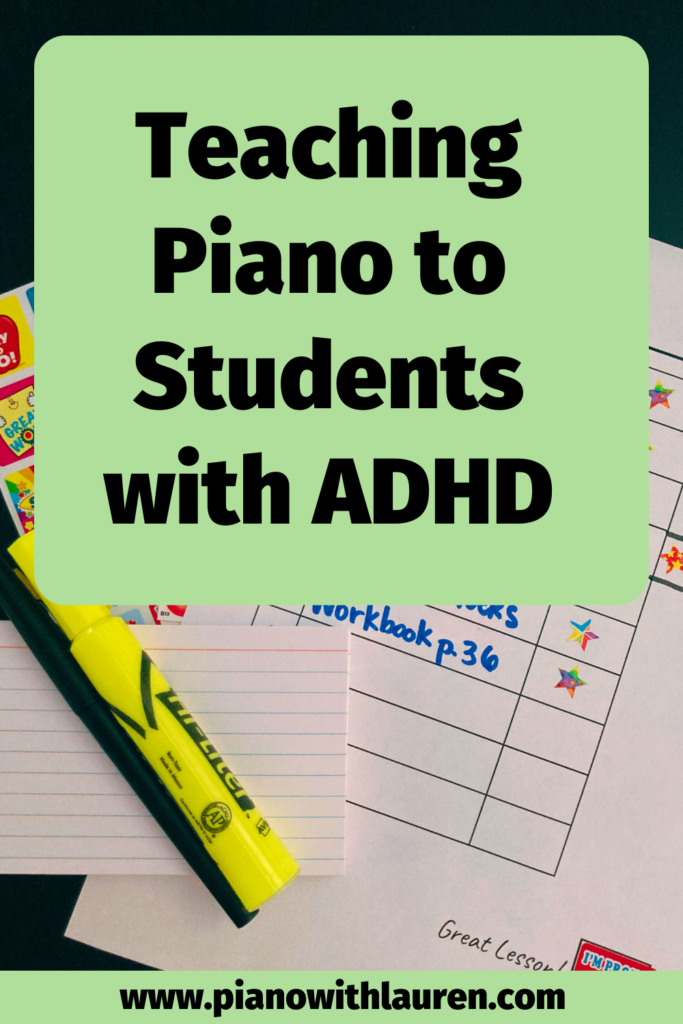
Tip #1 – Use a Visual for the Lesson Plan
Creating a visual for the lesson plan is extremely helpful for a young student who needs extra help staying on task. A simple list of what’s expected in the lesson can help a student stay focused on the various tasks.
I started making this lesson plan page for a very young student. It does help her stay focused. Prior to using a list, she had difficulty following instructions and would wiggle off the bench a lot! Now, she puts a sticker in a box after she completes each task. If I want her to play a piece more than one time, I just draw an extra box. At the end of the lesson, I give her a special “Great Lesson” sticker to let her know that she has done a great job. It greatly increases her confidence!
To do this: You can make a list with specific items before the lesson starts. If you are pressed for time, you can make the list with the student in the first minute or two of the lesson or even as you go. Regardless of how you make the list, it will help the student visualize each task that needs to be done.
If the student is learning how to read, be sure to use a clear print handwriting. (Just a reminder: I’m not proposing to do this for every student – this is for the student who needs extra help staying on task.)
This is what my “visual plan” looks like:
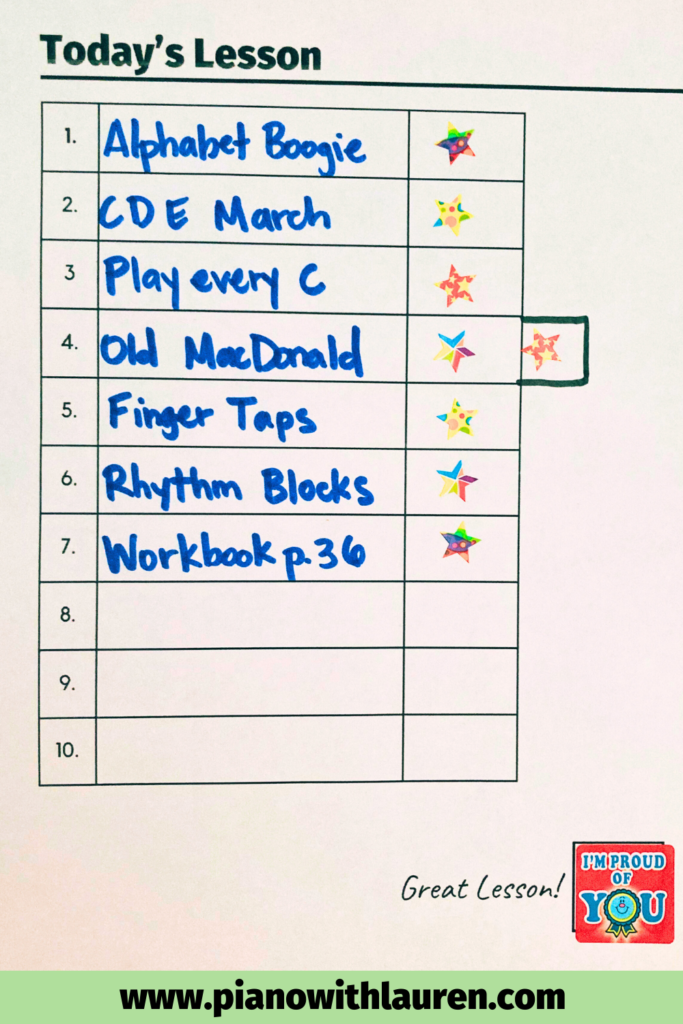
Below are some of my favorite stickers to use. Small incentive stickers work well to put in check boxes.
Motivational Stickers (Affiliate Link)
SuperShape Stickers (Affiliate Link)
Smile Stickers (Affiliate Link)
Tip #2 – Create Tasks Cards for Home Practice
Students who struggle with organizational skills may procrastinate on assignments, because they don’t know how to break a larger assignment down into achievable steps. You can help this student by writing specific practice instructions that show the student how to break a larger assignment down into smaller tasks.
I recently started helping a teen student make task-based practice cards. It has transformed her at-home practice. We divide her practice into three days of practice. Using task cards can help a student stay focused on a single task at a time and not feel overwhelmed by a list of instructions.
Here is an example of how to do this:
Let’s say I want a student to get the right hand of one section of Spinning Song secure with the metronome. I also want her to work on speed in the two octave F major scale. I can break the assignment into smaller tasks for her:
For Spinning Song:
- Practice the right hand with metronome 76 for measures 3-6.
- Practice the right hand with metronome 76 for measures 11-14.
- Practice the right hand with metronome 76 for measures 15-18.
- Review the right hand with metronome 76 for measures 3-18.
For the F major scale:
- Play each hand alone with metronome 80.
- Play each hand alone with metronome 90.
- Play each hand alone with metronome 95.
We write these tasks on index cards and divide it into three days. We even color-code the cards for her by day and put check boxes for the number of times she should do something. I have the student write the cards herself during her lesson so that she gains confidence and independence in her practice. We put the cards in a bag for her and then she is set for the week ahead! The more you get used to the format, the quicker it goes. It only takes us about five minutes to make her cards.
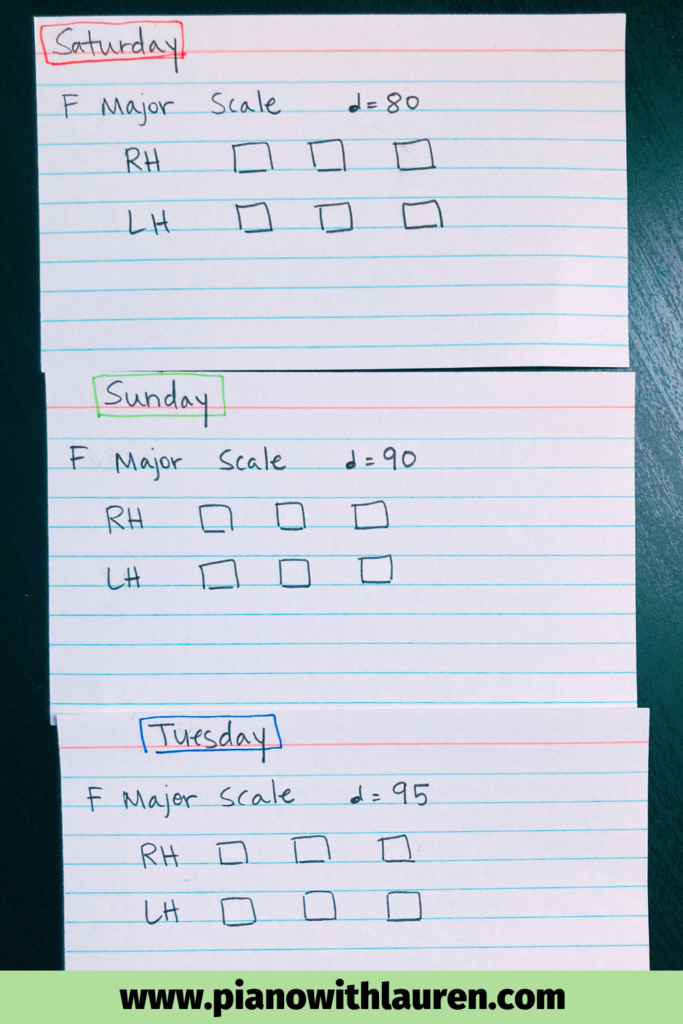
I hope these tips help you in your studio! Do you have a favorite practice strategy to help students focus? Be sure to leave a comment or send me a note.

Lauren teaches piano to students of all ages. She enjoys creating resources for her students and teachers. She is the author of Ready for Theory®. For personalized help, check out the consultations page for teachers.

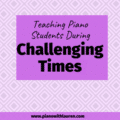

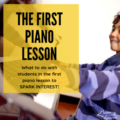
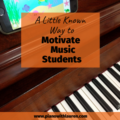
I am a pediatric occupational therapist as well as piano, violin and orchestra teacher. These tips are fantastic to help with attention to task. Another one I like to use is a wiggle break–we do marching, squats, tapping with sticks, dancing, pushups and also jumping jacks, depending on the type of wiggle or the mental break the student needs!